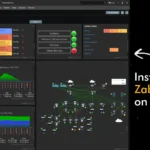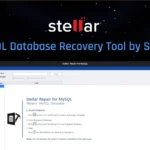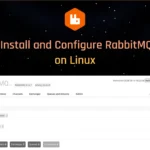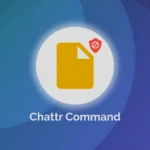How to Use Chattr Command in Linux (for Beginners)
Chattr is a UNIX command-line program that’s pre-shipped in most Linux distributions. The role of this command is to allow the admin user to set file attributes that impose restrictions on files. There are a handful of file attributes for different roles, such as the





